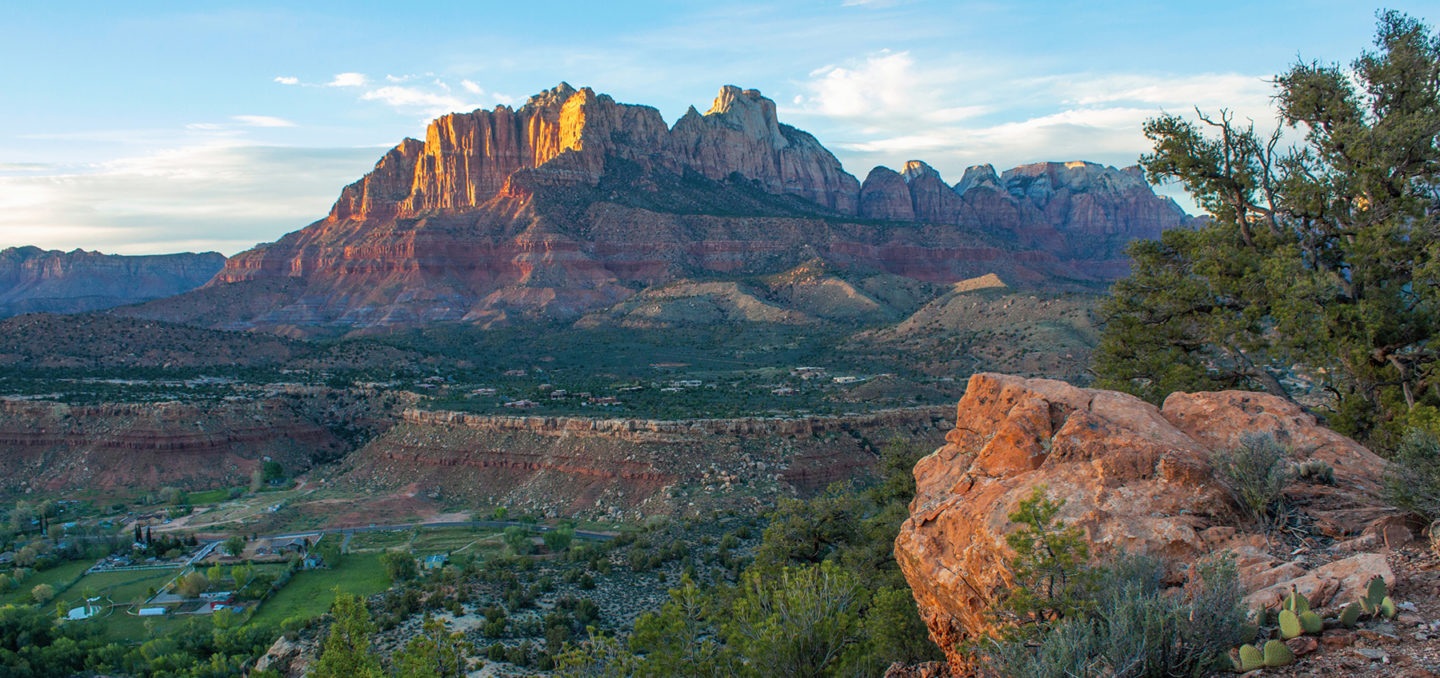State Route 9 Multi-Use Trail
-Zion Scenic Corridor-
State Route 9 is a 57-mile long state highway taking the majority of park visitors off the I-15 interstate and into Zion National Park. The entire road is designated as the Zion Park Scenic Byway and is part of the National Highway System. According to the Utah Department of Transportation (UDOT), each day approximately 27,000 vehicles travel the paved two-lane highway to, from, and through Zion National Park.
Those wishing to travel by bike or foot compete with constant traffic and are forced to stay inside a narrow bike lane that doubles as the highway’s shoulder lane. Thanks to your support and a recent grant award of $10.8 million, relief for hikers and cyclists is coming soon.
A paved multi-use trail was initially conceptualized by the Zion Regional Collaborative, a diverse group of stakeholders who meet to discuss regional planning issues. This collaborative group, funded in part by Zion Forever supporters, issued a feasibility study that conceptualized a wide paved trail running from the gateway community of LaVerkin, south of the park’s border, all the way to the gates of Zion National Park. UDOT awarded the funds to Greater Zion (Washington County’s Tourism and Convention Office), which provided $2.7 million in matching funds for the five-year project. The first phases of the project will focus on planning and design of the double lane paved multi-use trail, but the awarded grant will only cover the initial build. Additional support is needed to develop trail signage, bathroom facilities, and other interpretive and scenic elements of the trail.
“Residents and visitors will have improved access to recreational opportunities, efficient and economic transportation options for employment and enjoyment with an overall goal of reducing traffic and parking congestion in the Town of Springdale and the entrance to Zion National Park.” –Emily Friendman, Coordinator, Zion Regional Collaborative
Your contributions will create alternative access to the park and offer those using mobility devices of all types a safe, alternative, and environmentally friendly way to reach park gates. Large infrastructure projects like this one direct the future of the National Park experience.

